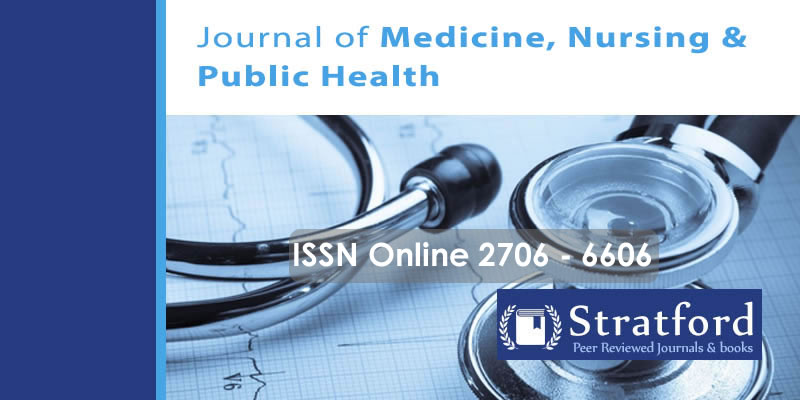Influence Caregivers’ Education Level on Access to Rehabilitation Therapy for Children with Disabilities in Mingora City, Pakistan
DOI:
https://doi.org/10.53819/81018102t3030Abstract
Access of rehabilitation services for children with disabilities remains a problem in Mingora City Pakistan. In addition, the level of education of caregivers impact access to rehabilitation services. However, many caregivers are not aware of the rehabilitation services as others cannot read and write. The study adopted cross-sectional study, from May to September 2020 in Mingora Paksitan. Stratified random sampling based on the regions in Mingora was used to select 108 children with disabilities. Semi-structured questionnaires were used to collect primary data. Caregivers were asked to fill questionnaires on behalf of the children with disabilities and data analysed using SPSS version 23.0. Descriptive statistics including frequency, percentages and mean were utilized and results [resented using tables and figures. The study concludes that caregivers’ education level influence access to rehabilitation therapy for children with disabilities. Most caregivers had attained secondary level of education and primary education. Level of education may imply the level of awareness and understanding about nature of disabilities and access to rehabilitation therapy among children. Most caregivers had attained secondary level of education and primary education. Level of education may imply the level of awareness and understanding about nature of disabilities and access to rehabilitation therapy among children. Rehabilitation centers may need to come up with training programmes for caregivers with disable children. These rehabilitation centers may be financed by the government and other organizations to be conducting periodic training and awareness on disability and rehabilitation therapy.
Keywords: Education, Rehabilitation Therapy, Children with Disabilities, Mingora City
References
Ahmad, T., Ishfaq, K., & Naeem, S. B. (2013). Impact of physically disability of children on their families; a study in Children Hospital & Institute of Child Health Multan, Pakistan. International Journal of Medicine and Applied Health, 1(2), 46-51.
Fisher, K. R., & Shang, X. (2013). Access to health and therapy services for families of children with disabilities in China. Disability and rehabilitation, 35(25), 2157-2163.
Maulik, P. K., & Darmstadt, G. L. (2007). Childhood disability in low-and middle-income countries: overview of screening, prevention, services, legislation, and epidemiology. Pediatrics, 120(Supplement 1), S1-S55.
Mirza, I., Tareen, A., Davidson, L. L., & Rahman, A. (2009). Community management of intellectual disabilities in Pakistan: a mixed methods study. Journal of Intellectual Disability Research, 53(6), 559-570.
Rathore, F. A., New, P. W., & Iftikhar, A. (2011). A report on disability and rehabilitation medicine in Pakistan: past, present, and future directions. Archives of physical medicine and rehabilitation, 92(1), 161-166.
Sechoaro, E. J., Scrooby, B., & Koen, D. P. (2014). The effects of rehabilitation on intellectually-disabled people-a systematic review. Health SA Gesondheid, 19(1), 1-9.


